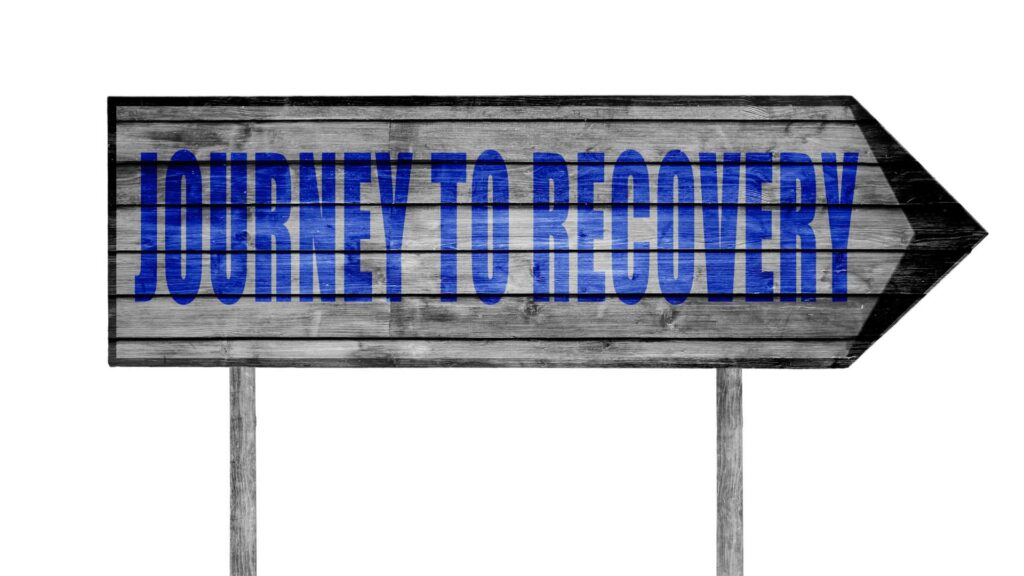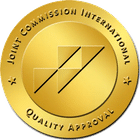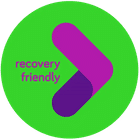Table of Contents
Why are drug overdoses declining?
For the first time in years, there’s a glimmer of hope in America’s battle against substance dependence. Recent provisional data from the CDC shows a significant decline in drug overdose deaths across the United States, marking a potential turning point in what has been a devastating public health crisis.
This decline in drug overdose fatalities represents a rare moment of positive news in the ongoing struggle with substance use and dependence across the US. But why are drug overdoses declining? What does dependence mean for individuals and families?
In this blog by GateHouse Treatment, let’s understand what’s driving the trend and why we can’t afford to lose momentum.
A Closer Look at Overdose Deaths Declining
According to the CDC’s National Vital Statistics System, there has been a nearly 24% decline in drug overdose deaths in the United States for the 12 months ending in September 2024 compared to the previous year. This data translates to approximately 87,000 drug overdose deaths from October 2023 to September 2024, down from around 114,000 the last year.
“It is unprecedented to see predicted overdose deaths drop by more than 27,000 over a single year,” said Allison Arwady, MD, MPH, Director of the CDC’s NCIPC.
However, even as we celebrate this progress, we must confront a sobering reality: More than 80.000 people still lost their lives to drug overdoses, with nearly 150 American deaths attributed to opioids such as fentanyl, according to the Health and Human Services. Despite the decline, drug overdoses remain the leading cause of death for Americans aged 18-44.
What’s Behind the Decline in Drug Overdose Deaths?
The reduction in overdose deaths isn’t happening by chance. Multiple factors appear to be contributing to this positive shift:
Expanded Access to Naloxone
One of the most significant factors in preventing fatal overdoses has been the widespread, data-driven distribution of naloxone, a life-saving medication that can reverse an opioid overdose.
Many states have enacted standing orders that allow pharmacists to dispense naloxone without a prescription, thereby dramatically increasing access. First responders now routinely carry naloxone, and community-based organizations distribute it through various outreach programs.
Improved Treatment Access
Better access to evidence-based treatment for substance use disorders has played a crucial role in reducing overdose deaths. The past few years have seen significant improvements in how we approach addiction treatment:
Medication-assisted treatment (MAT) options like buprenorphine, methadone, and naltrexone have become more widely available. These medications help individuals with SUD by reducing cravings and withdrawal symptoms, making recovery more sustainable.
Changes in the Illicit Drug Supply
The DEA reported an interesting shift in their testing results: while fentanyl remains extremely dangerous, the proportion of pills containing potentially deadly doses has decreased. Their latest laboratory testing indicates that 5 out of 10 pills tested contain a potentially fatal dose of fentanyl, down from 7 out of 10 pills in 2023 and 6 out of 10 pills in 2022.
While this is still an alarming statistic—considering that two milligrams of fentanyl are regarded as a lethal dose—the trend suggests possible changes in the illicit drug supply that may be contributing to fewer overdose deaths.
Post-Pandemic Resumption of Services
According to the Journal of Substance Abuse Treatment, the COVID-19 pandemic significantly disrupted addiction prevention and treatment services as the closure and reduced capacity of critical services made it much harder for individuals with dependence to access essential support. As a result, many faced increased risks, including higher rates of substance use, sharing or reusing supplies, more unattended overdoses, and greater food and housing insecurity.
But, as pandemic restrictions have eased, prevention and response efforts that were previously limited or unavailable have resumed. Support groups have returned to in-person meetings, outreach programs have resumed full operations, and treatment facilities have reopened to full capacity—all contributing to better outcomes for those struggling with substance use disorders.
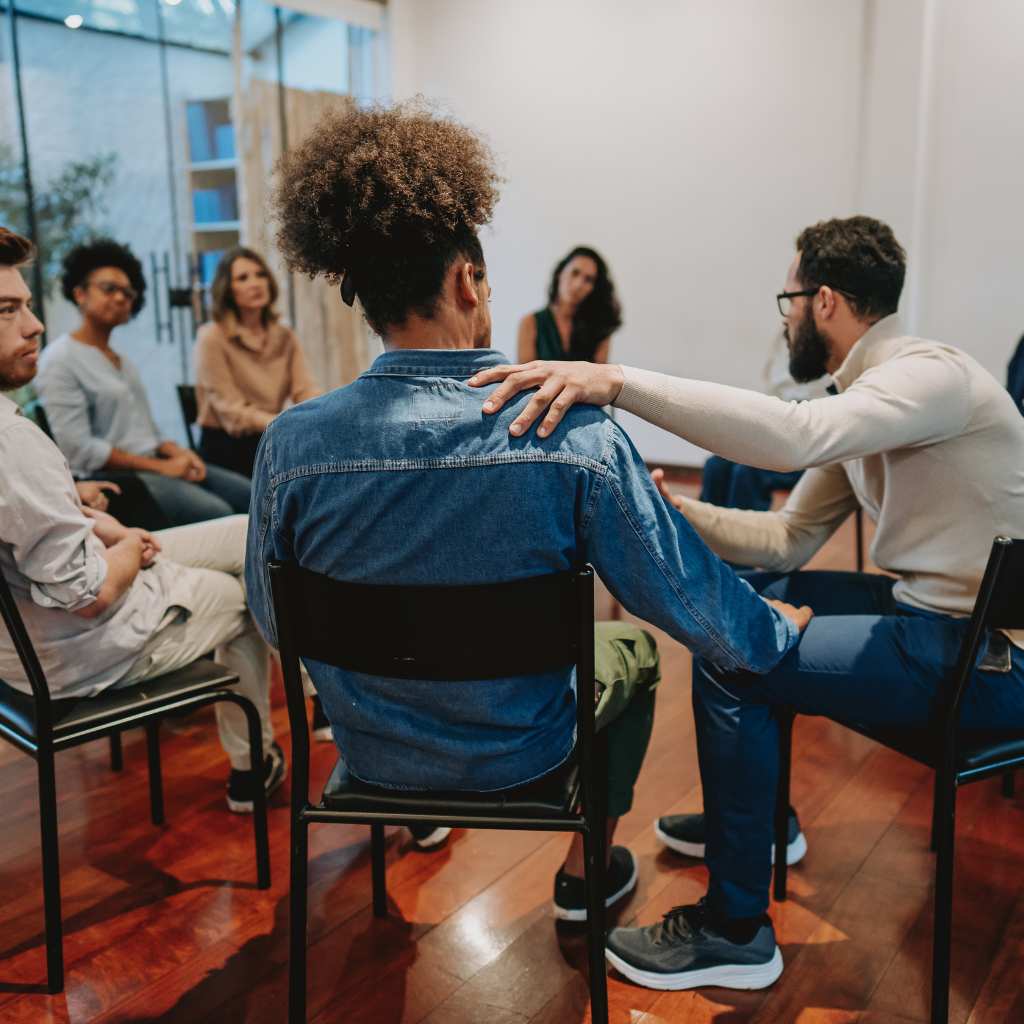
Increased Prevention and Response
Continued investments in prevention and response programs by federal, state, and local governments have strengthened support to address the overdose crisis. These investments have supported the development of more effective prevention strategies, enhanced surveillance systems, and expanded treatment options, all of which contribute to reducing overdose deaths.
Overdose Deaths Are Declining, But Risk Remains High
Progress doesn’t mean victory. Despite the encouraging news about the decline in drug overdose deaths, it’s crucial to understand that we’re still amid a significant public health crisis. The rate of overdose deaths remains historically high, and specific populations and geographic areas continue to experience disproportionate impacts.
4 Steps Toward Prevention and Recovery
The decline in overdose deaths shows how collective efforts can make a difference, but there’s still much work to be done. Here are some essential steps individuals, families, and communities can take:
1. Recognize the Warning Signs
Understanding the signs of drug misuse and addiction is the first step in getting help. These may include changes in behavior and physical health, a loss of interest in things they used to love, and struggles with social interactions. For those who use substances occasionally or regularly, being aware of the signs of an overdose could save your life or someone else’s.
2. Start Conversations About Substance Use
Open, honest conversations about substance use and its risks can make a difference. Parents talking with their children, friends checking in on each other, and communities discussing these issues can help reduce stigma and encourage those struggling to seek help.
3. Know How to Respond to an Overdose
Learning how to recognize and respond to an overdose can save lives. These actions include knowing the signs of an overdose (which can vary depending on the substance involved), calling 911 immediately, administering naloxone if it’s an opioid overdose, and staying with the person until help arrives.
4. Seek Professional Help
For those struggling with substance use, professional help can make all the difference. The first step might include talking to a healthcare provider, reaching out to a substance use counselor, or contacting a treatment center that specializes in substance dependence.
GateHouse Treatment: Comprehensive Addiction Treatment
At GateHouse Treatment, we understand that the declining overdose death rates represent progress, but we also recognize that each person’s journey with dependence is unique. Even as national statistics improve, individuals still need personalized, comprehensive care to overcome substance use disorders.
Our approach to addiction treatment encompasses multiple levels of care, recognizing that recovery isn’t a one-size-fits-all process. From detoxification and partial hospitalization to intensive outpatient programs and continuing care, we offer a comprehensive continuum of services tailored to meet clients wherever they are in their recovery journey.
If you or someone you love is struggling with substance use, don’t wait. Call us at (855) 448-3588 or schedule a free consultation and take that first step toward a healthier, substance-free future.



